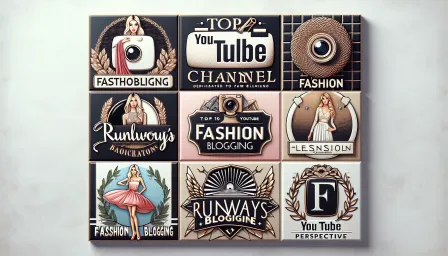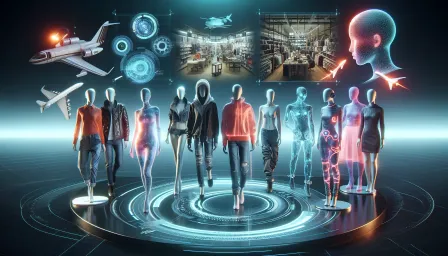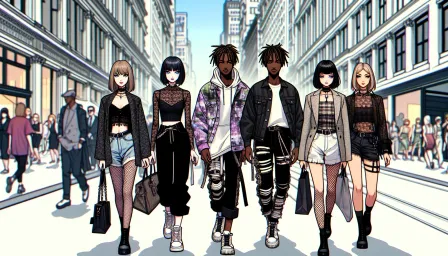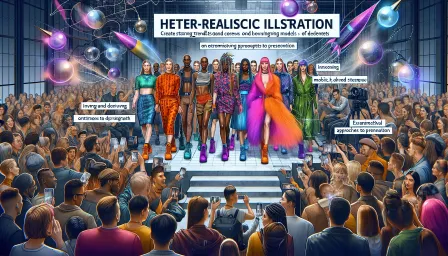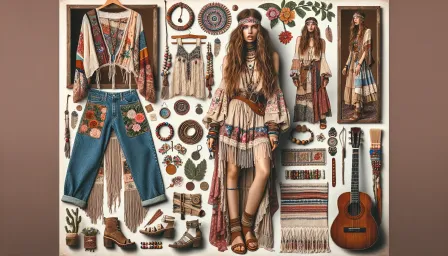Fashion Industry Statistics: Unveiling the Latest Trends and Figures

Discover the latest trends and figures in the fashion industry with our comprehensive guide covering the most recent fashion industry statistics.
Introduction
The fashion industry is a dynamic and constantly evolving sector that significantly impacts global economies. Going beyond mere apparel, fashion encapsulates a diverse range of products including accessories, footwear, textiles, and luxury items. This article delves into the most current fashion industry statistics, leveraging data to highlight prevailing trends and furnish a well-rounded understanding of the industry’s contemporary landscape.
Global Market Value
As of 2024, the global fashion industry is valued at approximately $1.5 trillion, with projections suggesting robust growth in the coming years. This substantial economic footprint makes fashion one of the most important sectors globally. Emerging markets, particularly in Asia, are experiencing noteworthy expansion, driving the industry's overall growth.
Leading Markets and Regions
The fashion industry continues to be dominated by major markets such as the United States, China, and Europe. The U.S. fashion market alone contributes over $400 billion annually, while China and the broader Asia-Pacific region are poised for rapid expansion, thanks to increasing consumer spending and urbanization.
Trends Shaping the Fashion Industry
To remain competitive, brands must continually adapt to evolving consumer preferences and technological advancements. Here are some key trends currently shaping the fashion landscape:
Sustainability and Ethical Fashion
Environmental and social consciousness are taking center stage, with a growing number of consumers favoring brands that prioritize sustainability and ethical practices. The demand for eco-friendly materials, transparent supply chains, and fair labor practices is on the rise, compelling brands to innovate and adopt greener methodologies.
Digital Transformation
Digital transformation is revolutionizing how fashion brands operate and engage with consumers. Technologies like AI, virtual reality (VR), and augmented reality (AR) are enhancing the shopping experience, enabling personalized customer interactions, and optimizing inventory management. E-commerce continues to surge, with online shopping accounting for a significant portion of total fashion sales.
Influencer and Social Media Marketing
Social media platforms and influencers wield significant influence over consumer behavior. Brands are increasingly collaborating with popular influencers to reach wider audiences and boost brand visibility. Instagram, TikTok, and other visual-centric platforms are particularly influential in shaping fashion trends and consumer preferences.
Employment and Economic Impact
The fashion industry employs millions of people worldwide, spanning various roles from design and production to retail and marketing. It is estimated that over 75 million people work in the global fashion and textile industry. This sector not only provides livelihoods but also stimulates economic activity through its extensive value chain.
Job Creation Across the Supply Chain
Jobs are generated across a multitude of functions including creative design, manufacturing, logistics, sales, and marketing. Developing nations, particularly in Asia, are pivotal in garment production, while developed nations dominate in design, retail, and technological innovation.
Challenges and Opportunities
Despite its robust growth, the fashion industry faces several challenges, including economic uncertainties, supply chain disruptions, and shifting consumer behavior. Nevertheless, these challenges also present opportunities for innovation and improvement.
Supply Chain Resilience
The COVID-19 pandemic highlighted vulnerabilities in global supply chains, prompting brands to reassess their strategies. Many are now investing in more resilient, flexible, and localized supply chains to mitigate risks and enhance sustainability.
Adapting to Consumer Preferences
As consumers become more discerning and value-driven, brands must innovate to meet their expectations. This includes adopting sustainable practices, enhancing transparency, and leveraging technology to offer personalized shopping experiences.
The Future of the Fashion Industry
The fashion industry is poised for continuous evolution, driven by technological advancements, sustainability imperatives, and changing consumer dynamics. Forward-thinking brands that embrace innovation, prioritize sustainability, and stay attuned to consumer needs will be well-positioned to thrive in the future landscape.
Technological Innovation
Companies are increasingly exploring cutting-edge technologies such as blockchain for supply chain transparency, 3D printing for customized designs, and AI for predictive analytics. These technologies are set to redefine fashion, offering new possibilities for customization, sustainability, and efficiency.
Sustainability as a Core Focus
With growing awareness of environmental issues, sustainability will remain a core focus. Brands that commit to sustainable practices and transparently communicate their efforts will resonate more with the modern consumer.
Conclusion
The fashion industry is a vibrant, complex, and rapidly changing marketplace. By studying the latest fashion industry statistics, businesses can gain valuable insights into market trends, consumer behavior, and future opportunities. The path forward for the industry is one of innovation and sustainability, driven by the need to adapt to a changing world and more conscious consumers. Brands that grasp these nuances and strategically navigate the evolving landscape will secure their place in the future of fashion.





